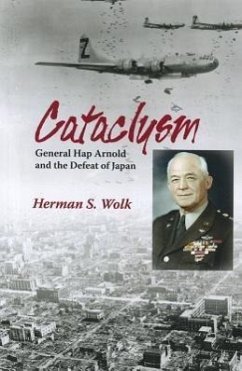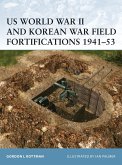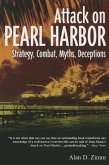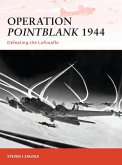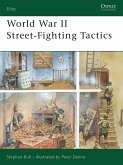No published work examines General Henry H. "Hap" Arnold's role in depth during the Pacific War of 1944-1945, in the context of planning for the destruction of Japan. In this new study, Herman S. Wolk, retired Senior Historian of the U.S. Air Force, examines the thinking of Hap Arnold, Commanding General, Army Air Forces (AAF), during World War II. Specifically, Wolk concentrates on Arnold's leadership in crafting the weapons, organization, and command of the strategic bombing offensive against Japan, which culminated in Japan's capitulation in the summer of 1945, ending the Pacific War. The narrative is, in a real sense, a sustained controversy over strategy, organization, and command in the war against Japan. The B-29 long-range bombing campaign against the Japanese home islands dictated unprecedented organization and command; hence, Arnold established the Twentieth Air Force, commanded by himself from Washington and reporting directly to the Joint Chiefs of Staff. This new type of bombing offensive-distinct in command, organization, range, and weapons from the European experience-also called for exemplary operational combat leadership in the field. Here Arnold excelled in his command of the AAF, relieving a long-time colleague (Hansell) in favor of a hard-nosed operator (LeMay). This crucial move was a turning point in the Pacific war. In the spring and summer of 1945, Arnold was a driven leader, almost willing the B-29 campaign and the air and sea blockade to collapse Japan before the scheduled massive invasion of Kyushu on November 1st. It was a tense race against the invasion clock and the conviction of General George C. Marshall, Army Chief of Staff, that an invasion was absolutely necessary. Although the Soviet declaration of war on Japan was a factor in the Japanese surrender, it was the atomic bomb that politically shocked the Japanese to capitulation. Arnold, the architect of the bombing offensive, emphasized that Japan was already defeated in the summer of 1945 by the bombing and blockade and that it was not militarily necessary to drop the atomic bomb. Wolk brings out important rationales and connections in doctrine, organization, and command not previously published. He also mines sources not previously exploited, including the author's interviews with General LeMay, Hansell, and Eaker; Arnold's wartime correspondence; documentation from the Franklin D. Roosevelt Library; and postwar interrogations of Japanese officials and civilians. Cataclysm will prove an important addition to the history of the Pacific War, airpower, and the debate over the use of the atomic bomb against Japan.
Hinweis: Dieser Artikel kann nur an eine deutsche Lieferadresse ausgeliefert werden.
Hinweis: Dieser Artikel kann nur an eine deutsche Lieferadresse ausgeliefert werden.

